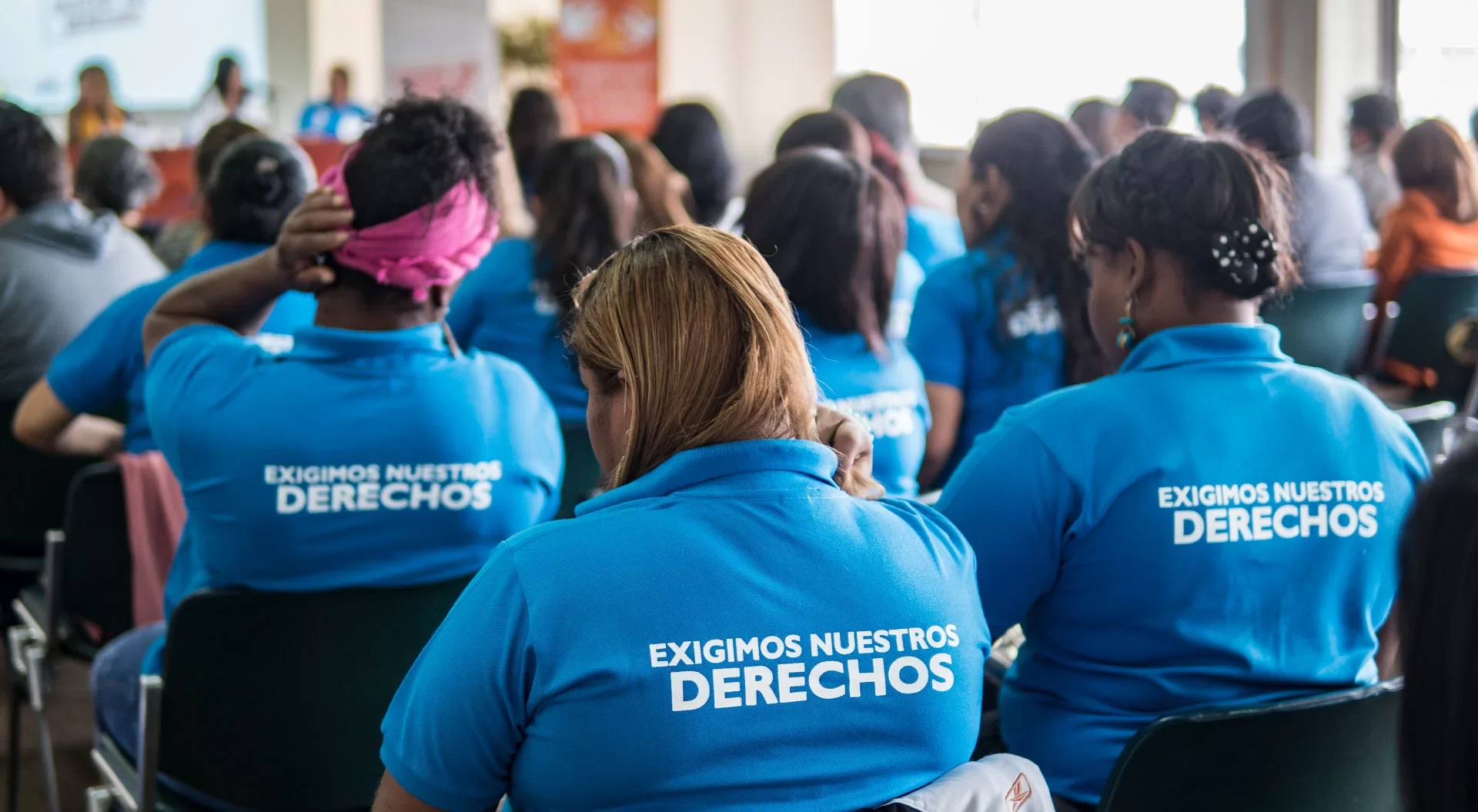In Ecuador, paid domestic workers—women in particular— face disproportionate and persistent violence in the workplace. While violence against laborers is illegal, 80% of Ecuador’s 200,000 female domestic workers have experienced workplace violence. Harassment or violence at the workplace can including physical and sexual abuse and even rape.
To shift norms and attitudes surrounding the widespread violence against women and girls (VAWG) among domestic workers, CARE Ecuador, in partnership with Meta, ran a social and behavior change communication (SBCC) campaign from October to November of 2022. This six-week, digital campaign was a continuation of CARE’s global efforts to utilize social media platforms for programmatic impact.
TL;DR?
- CARE Ecuador ran a six-week, digital campaign running ads that addressed the violence against women and girls experienced by domestic workers, reaching 4.2 million people in affluent and non-affluent regions of the country.
- Of the campaign’s audience, approximately 84,600 additional people across both affluent and non-affluent regions expressed an interest in volunteering to support domestic workers experiencing violence.
- Through the campaign, CARE Ecuador also collected over 300 emails to engage further with business owners on CARE’s Women, Dignity, and Work project, which promotes labor rights.
Creative process
To kick off the project, campaign plans drafted by the country office were coupled with insights from a social listening exercise facilitated by Meta. By better understanding the current knowledge, behavior, and attitudes towards VAWG in Ecuador, the team created a range of ads that emphasized the violence faced by domestic workers in Ecuador. The ads included a mix of static imagery, long videos and short 15-second vertical videos. The creatives used social norms to highlight the importance of domestic work and the respect the workers deserve. All the videos challenged the devaluation of domestic work and justification of violence toward workers.

